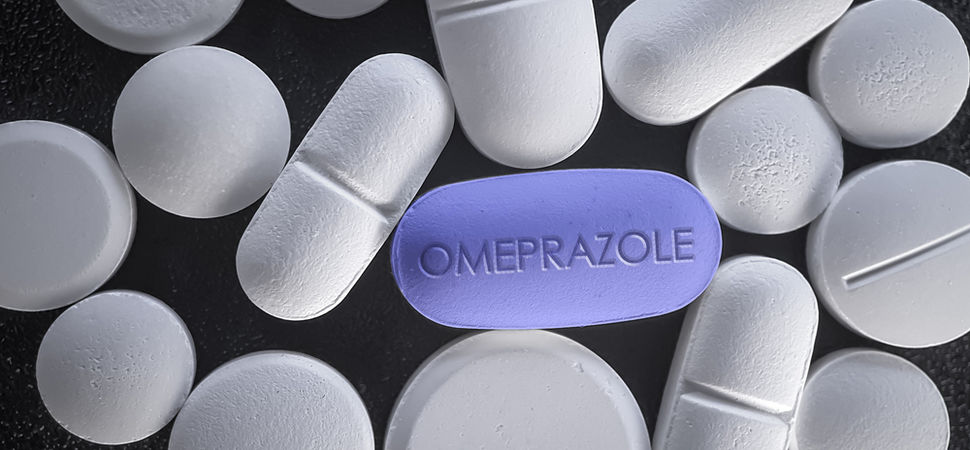
How to take Omeprazole correctly: Tips and best practices
Take this medication exactly as prescribed by your doctor. Take no more of it, no more frequently, and no for a longer period than your doctor has prescribed.
Follow the directions on the medicine label if you are using this drug without a prescription. Omeprazole is available as capsules, pills, and as a liquid to ingest.
This drug should be accompanied with a medication guide. Read and carefully follow these directions. If you have any questions, see your doctor.
How to take Omeprazole correctly
Preferably in the morning, take omeprazole capsules or delayed-release capsules before a meal. Omeprazole pills can be taken with or without meals.
Take omeprazole powder for oral suspension at least 1 hour before a meal on an empty stomach.
Feeding should be temporarily discontinued 3 hours before and 1 hour after administration of omeprazole powder for oral suspension in patients receiving continuous feeding through a tube.
It may take several days for this medication to start reducing stomach pain. Antacids can be used alongside omeprazole to assist alleviate discomfort unless your doctor instructs you differently.
If you are using this medication to treat an ulcer caused by an H. pylori infection, take it at the same time as antibiotics (e.g., amoxicillin, clarithromycin).
Omeprazole capsules and tablets should be taken whole. Do not attempt to open the capsule. The capsule or pill should not be crushed, broken, or chewed.
If you are unable to swallow the omeprazole delayed-release capsules, open them and sprinkle the pellets inside on one spoonful of applesauce.
This concoction must be promptly consumed with a glass of chilled water. The applesauce should be cool and mushy enough to consume without chewing. The pellets should not be chewed or crushed.
To use the powder for oral suspension:
• Pour the powder into a small cup containing 2 teaspoons of water to make an oral suspension
• No other liquids or meals should be used
• Stir thoroughly and serve immediately
• Fill the cup with water and drink it
To use the delayed-release oral suspension:
• Pour the contents of a 2.5 milligrams (mg) package of powder into a container holding 5 mL of water to make the delayed-release oral solution
• Pour the contents of a 10 mg powder package into a 15 mL bottle of water
• No other liquids or meals should be used
• Stir well and set aside for 2 to 3 minutes to thicken
• Stir thoroughly and consume within 30 minutes
• If there is any medicine left after drinking, add additional water, mix, and consume right away
If you are using the delayed-release oral suspension with a nasogastric orogastric tube:
• Fill a catheter-tipped syringe with 5 mL, then add the contents of a 2.5 mg package (or 15 mL of water for the 10 mg packet)
• Shake the syringe immediately and let it aside for 2 to 3 minutes to thicken
• Shake the syringe and inject the medication into the stomach via nasogastric orogastric tube within 30 minutes
• Fill the syringe with equal parts water
• Shake the nasogastric orogastric tube and flush any residual contents into the stomach
Dosing
This medication's dosage will vary depending on the patient. Follow your doctor's orders or the label's instructions. This information only reflects the typical dosages of this medication.
If your dose differs, do not modify it unless your doctor instructs you to.
The amount of medicine you take is determined by the potency of the drug. In addition, the number of dosages you take each day, the duration between doses, and the length of time you take the drug are all determined by the medical issue for which you are using the medicine.
For oral dosage forms (capsules, delayed-release capsules or suspension, or tablets):
To treat duodenal ulcers:
- 20 milligram (mg) once a day before a meal to treat duodenal ulcers. As required, your doctor may change your dosage, for Adults
- Your doctor must establish the appropriate use and dosage for children



